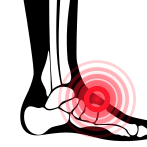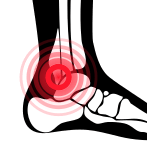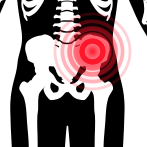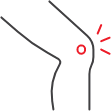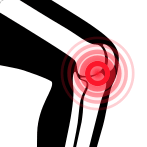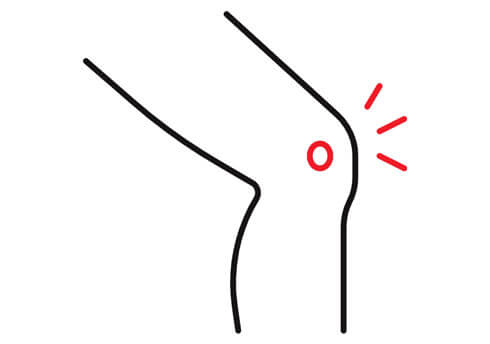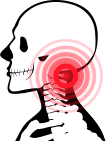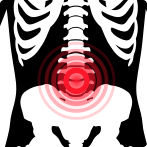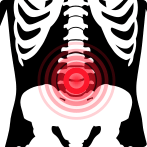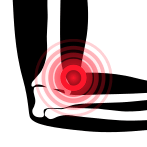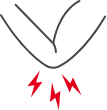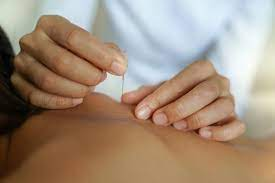Shoulder injuries are the pits. Any way you slice it, shoulder injuries like labral tears of the shoulder HURT. That said, they don’t always require surgery. While a labral tear of the shoulder may seem like the end of the world, the truth is that they are more common than you might think. Plus, depending on the severity of the shoulder injury, labral shoulder tears can often heal with no medication or surgery. That’s where Next Level Physio comes in.
What is a Shoulder Labrum Tear?
The labrum is a piece of rubbery tissue (fibrocartilage) that’s attached to the rim of the shoulder socket. This cup-shaped rim of cartilage reinforces the ball-and-socket shoulder joint and keeps it in place. The labrum is the attachment site for shoulder ligaments and supports the joint as well as rotator cuff tendons and muscles. A labral tear of the shoulder occurs when the cartilage is torn.
What Causes a Labral Tear of the Shoulder?
Injuries, falls, or even aging could cause shoulder labrum tears.
- Sports Injuries. Athletes who play intense sports like baseball and volleyball are prone to labral tears because of the abrupt arm movements they have to do at a moment’s notice. Injury from sport or fall
- Falls. Falling on the shoulder or arm area could result in a dislocated shoulder, which could then spur a labral tear.
- Aging. Cartilage becomes brittle as we age, which makes shoulder injuries like labral tears of the shoulder increasingly common.
Symptoms of a Torn Shoulder Labrum
The most common symptoms of a labral shoulder tear include shoulder pain and instability. People with labrum tears in their shoulders may also experience the feeling that their shoulder is grinding, locking, or catching when they move it.
How to Diagnose a Labral Tear of the Shoulder
Your physio team will be spending a lot of time getting to know you, your desired outcomes, your frustrations, your lifestyle as they take the necessary steps to diagnose your shoulder pain accurately. Our team will conduct a comprehensive physical examination, test your strength, range of motion. Depending on what they find, they may also suggest an MRI to identify swelling or tears in the tendons. If you’re looking for options other than surgery, then seeing a physical therapist first, might be your best bet.
It’s important to note that there are two different types of labral tears for the shoulder: a SLAP tear and a Bankart tear. Both come with aching pain and difficulty moving the shoulder normally.
- SLAP Tear – This type of labral tear goes from the front of the upper arm where the biceps tendon connects to the shoulder. It’s most common in athletes, particularly baseball pitchers and volleyball pitchers.
- Bankart tears – This type of injury is more common in younger patients who previously dislocated their shoulders.
Treatment for Labral Tear of the Shoulder
Both SLAP tears and Bankart tears may require rest mixed with physical therapy. SLAP tear recovery takes about 8 -12 weeks of physical therapy. Bankart tears, on the other hand, may require the patient to undergo a reduction (popping the shoulder back into place) followed by physical therapy to strengthen the muscles. The recovery after a Bankart repair can take at least 6-9 months.
Treatment usually starts by prioritizing active rest to keep the rest of your body in check. Using cutting edge modalities and skilled manual therapy can accelerate your healing and recovery. Labral tear rehabilitation typically requires some time and patience before you start seeing and feeling the improvement.
Next Level Physio Physical Therapy for Labral Tears (Shoulder)
Here at Next Level Physio, we want you to trust that your pain won’t be permanent. Injuries happen, but it’s how you deal with them that makes all the difference in the rest of your life. The physical therapists at Next Level Physio are here to work with you through your shoulder pain with no medication or surgery. We also treat many other conditions including:
- Sports injuries
- Pre-surgical rehab
- Post-surgical rehab
- Neck pain
- Shoulder and elbow pain
- Vertigo and concussion
- Wrist and hand pain
- Ankle and foot pain
- Sciatica/back pain… and more
Some of the physical therapy methods we use for pain treatment include:
- IASTM Technique
- Blood Flow Restriction Training
- Therapeutic Exercise
- Shockwave
- Cold Laser
- Australian Manual Therapy
- Cupping, and more
Click here to schedule an appointment and set up a free consultation.
